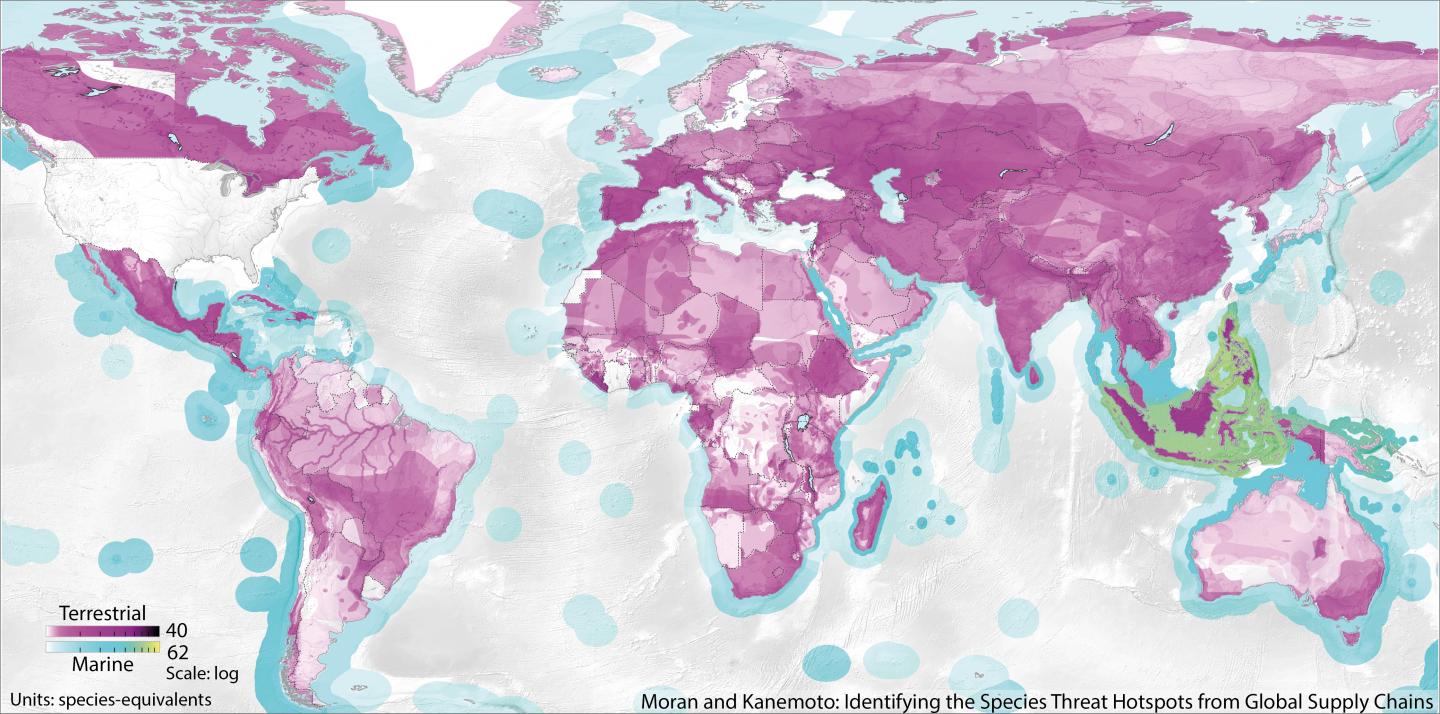
One of the greatest challenges in saving endangered species is to predict if an animal population will die out. Accurate and reliable models are crucial for conservationists.
What does the blue whale have in common with the Bengal tiger and the green turtle? They share the risk of extinction and are classified as endangered species. There are multiple reasons for species to die out, and climate changes is among the main reasons.
The risk of extinction varies from species to species depending on how individuals in its populations reproduce and how long each animal survives. Understanding the dynamics of survival and reproduction can support management actions to improve a specie’s chances of surviving.
Mathematical and statistical models have become powerful tools to help explain these dynamics. However, the quality of the information we use to construct such models is crucial to improve our chances of accurately predicting the fate of populations in nature.
“A model that over-simplifies survival and reproduction can give the illusion that a population is thriving when in reality it will go extinct.”, says associate professor Fernando Colchero, author of new paper published in Ecology Letters.

Colchero’s research focuses on mathematically recreating the population dynamics by better understanding the species’s demography. He works on constructing and exploring stochastic population models that predict how a certain population (for example an endangered species) will change over time.
These models include mathematical factors to describe how the species’ environment, survival rates and reproduction determine to the population’s size and growth. For practical reasons some assumptions are necessary.
Two commonly accepted assumptions are that survival and reproduction are constant with age, and that high survival in the species goes hand in hand with reproduction across all age groups within a species. Colchero challenged these assumptions by accounting for age-specific survival and reproduction, and for trade-offs between survival and reproduction. This is, that sometimes conditions that favor survival will be unfavorable for reproduction, and vice versa.
For his work Colchero used statistics, mathematical derivations, and computer simulations with data from wild populations of 24 species of vertebrates. The outcome was a significantly improved model that had more accurate predictions for a species’ population growth.
Despite the technical nature of Fernando’s work, this type of model can have very practical implications as they provide qualified explanations for the underlying reasons for the extinction. This can be used to take management actions and may help prevent extinction of endangered species.
Learn more: New mathematical model can help save endangered species
The Latest on: Endangered species
[google_news title=”” keyword=”endangered species” num_posts=”10″ blurb_length=”0″ show_thumb=”left”]
via Google News
The Latest on: Endangered species
- How Utah is helping imperiled species with big moneyon April 30, 2024 at 3:02 pm
Roughly 60 projects will be funded by the Endangered Species Mitigation Fund over the next fiscal year. The $5.5 million is an increase from past years, due to an additional $2 million in funding that was approved by the Utah Legislature during this last legislative session.
- Reuters Videoon April 30, 2024 at 1:02 pm
Reuters, the news and media division of Thomson Reuters, is the world’s largest multimedia news provider, reaching billions of people worldwide every day. Reuters provides business, financial, national and international news to professionals via desktop terminals, the world's media organizations, industry events and directly to consumers.
via Bing News










